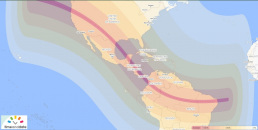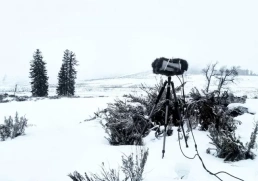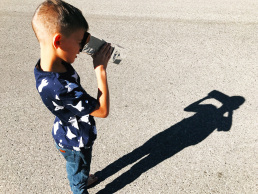Eclipse Field Notes
On this page Field Researcher Citizen Scientists will record their field notes on the day of the eclipse. It’s important for you as scientists to keep field notes for many reasons!


Filling out your field notes below while AT your AudioMoth location will help:
- collect of your observations and other research details
- provide us with the latitude and longitude of where you place the AudioMoth. This will help us link your AudioMoth’s data to your location after we receive your Micro-SD card.
- help other scientists recreate and re-test all of our work some day in the future, which is a very important part of the scientific process!
DIRECTIONS: On the day of the eclipse, make sure you are near your AudioMoth during the maximum phase. The maximum phase is the 3-4 minutes of annularity during an Annular Eclipse or the 3-4 minutes of totality during a total eclipse.
*If you cannot register your AudioMoth’s location because you do not have cell service where you place your AudioMoth, register the location as close as possible once you have service*
Field Researcher Notes
Field Researcher FAQ
Below are the answers to frequently asked questions (FAQ) about being an Eclipse Soundscapes: Field Researcher


